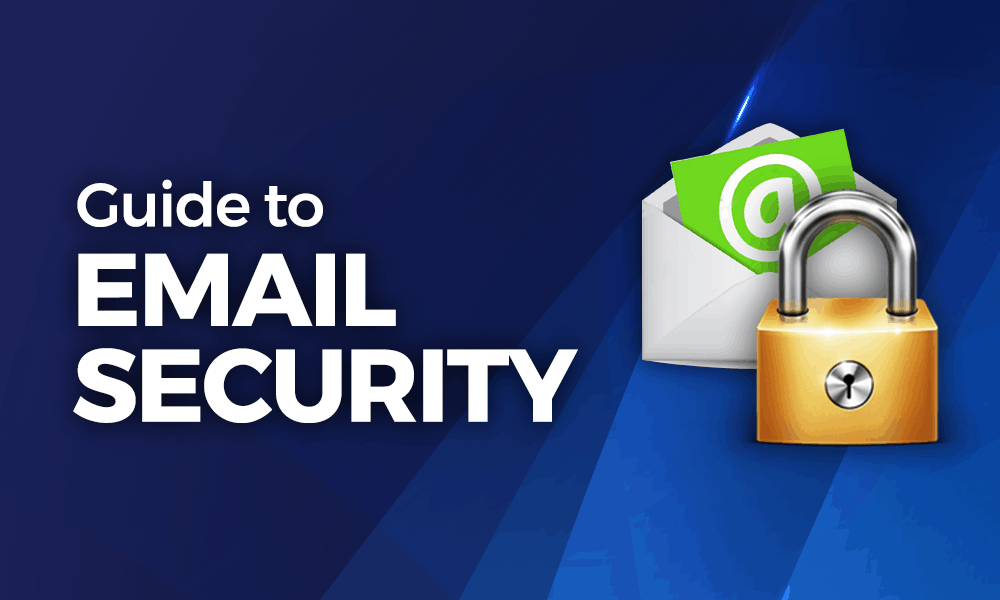In the fast-paced and competitive landscape of the modern workplace, effective leadership isn’t just a desirable trait; it’s a necessity. Yet, many individuals possess untapped leadership potential that often remains dormant due to various barriers. These barriers could be internal, such as self-doubt or lack of confidence, or external, like limited opportunities for growth within an organization. However, there’s a powerful tool that has been increasingly recognized for its ability to break down these barriers and unlock leadership potential: coaching.
Coaching serves as a transformative process that empowers individuals to reach their full potential by providing support, guidance, and encouragement tailored to their specific needs and goals. Whether it’s through one-on-one sessions, group workshops, or online platforms, coaching offers a structured approach to personal and professional development that fosters self-awareness, enhances skills, and promotes growth.
At its core, coaching is about facilitating change and growth. It challenges individuals to examine their beliefs, behaviors, and attitudes, helping them identify and overcome limiting beliefs or self-imposed barriers that may be holding them back. Through insightful questioning, active listening, and constructive feedback, coaches create a safe and supportive environment where clients can explore new perspectives, set ambitious goals, and take actionable steps towards achieving them.
One of the most significant benefits of coaching is its ability to unlock latent leadership potential. Many individuals possess the qualities necessary to be effective leaders, such as empathy, resilience, and strategic thinking, but may lack the confidence or clarity to step into leadership roles fully. Coaching provides a platform for aspiring leaders to cultivate these skills, develop their leadership style, and overcome any obstacles standing in their way.
Moreover, coaching goes beyond mere skill development; it fosters a mindset of continuous learning and growth that is essential for effective leadership. By encouraging individuals to embrace challenges, learn from failures, and seek feedback, coaching cultivates a culture of innovation and adaptability within organizations. In today’s rapidly evolving business landscape, where change is constant and uncertainty is the norm, this mindset is invaluable for leaders navigating complex challenges and driving organizational success.
While the benefits of coaching are undeniable, it’s essential to recognize that not all coaching experiences are created equal. Executive and leadership coaching, in particular, stands out as a specialized form of coaching tailored specifically to the needs of leaders and high-potential individuals within organizations. These programs often involve working with seasoned coaches who have firsthand experience in leadership roles and can provide targeted guidance on issues such as decision-making, team management, and organizational strategy.
However, coaching is not limited to senior executives or high-ranking leaders. In fact, its impact can be felt at all levels of an organization, from frontline employees to middle managers to C-suite executives. By investing in coaching at every level, organizations can create a culture of leadership development that empowers individuals at all stages of their careers to realize their full potential and contribute to the collective success of the organization.
In conclusion, coaching represents a powerful tool for breaking down barriers and unleashing leadership potential within organizations. By providing individuals with the support, guidance, and encouragement they need to grow and develop, coaching fosters a culture of continuous learning, innovation, and leadership excellence. Whether it’s through one-on-one sessions, group workshops, or specialized executive coaching programs, coaching has the potential to transform individuals and organizations alike, driving success in today’s competitive business environment.




